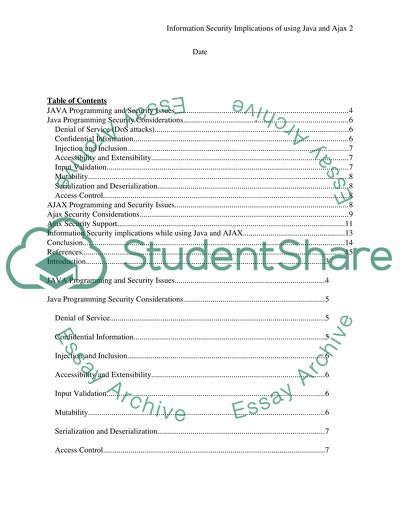Cite this document
(“Information Security implications of using Java and AJAX Term Paper”, n.d.)
Information Security implications of using Java and AJAX Term Paper. Retrieved from https://studentshare.org/information-technology/1402094-information-security-implications-of-using-java
Information Security implications of using Java and AJAX Term Paper. Retrieved from https://studentshare.org/information-technology/1402094-information-security-implications-of-using-java
(Information Security Implications of Using Java and AJAX Term Paper)
Information Security Implications of Using Java and AJAX Term Paper. https://studentshare.org/information-technology/1402094-information-security-implications-of-using-java.
Information Security Implications of Using Java and AJAX Term Paper. https://studentshare.org/information-technology/1402094-information-security-implications-of-using-java.
“Information Security Implications of Using Java and AJAX Term Paper”, n.d. https://studentshare.org/information-technology/1402094-information-security-implications-of-using-java.


